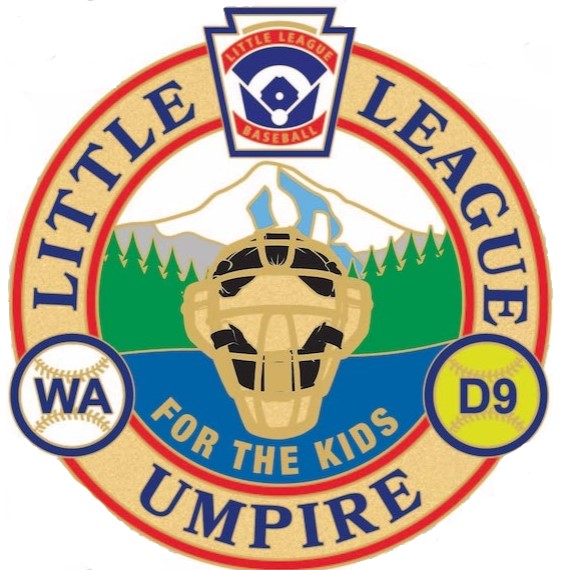| |
Washington District 9
|
 |
Balks and illegal pitches are covered in Rule 8.05, which contains thirteen sections (sections "a" through "m"). All of the sections of 8.05 are enforced in Little League Intermediate (50-70) Division/Junior/Senior/Big League baseball (that is, on the "big diamond").
However, only a selected number of these rules, those which are "illegal pitches," are enforced in Little League Majors and Minors ("small diamond").
The sections below provide the text of Rule 8.05(a-m). Clicking on the Explanation & Commentary buttons will open a reading pane. The reading pane contains content drawn from the Western Region Umpire Instruction Manual ("RIM"), commentary from the Little League publication entitled The Right Call, and from Washington District 9 umpire consultants.
Note: If you are using Internet Explorer, you may receive this message: "Internet Explorer restricted this webpage from running scripts or ActiveX controls." If so, click on the button "Allow Blocked Content" in order to use the commentary buttons below.